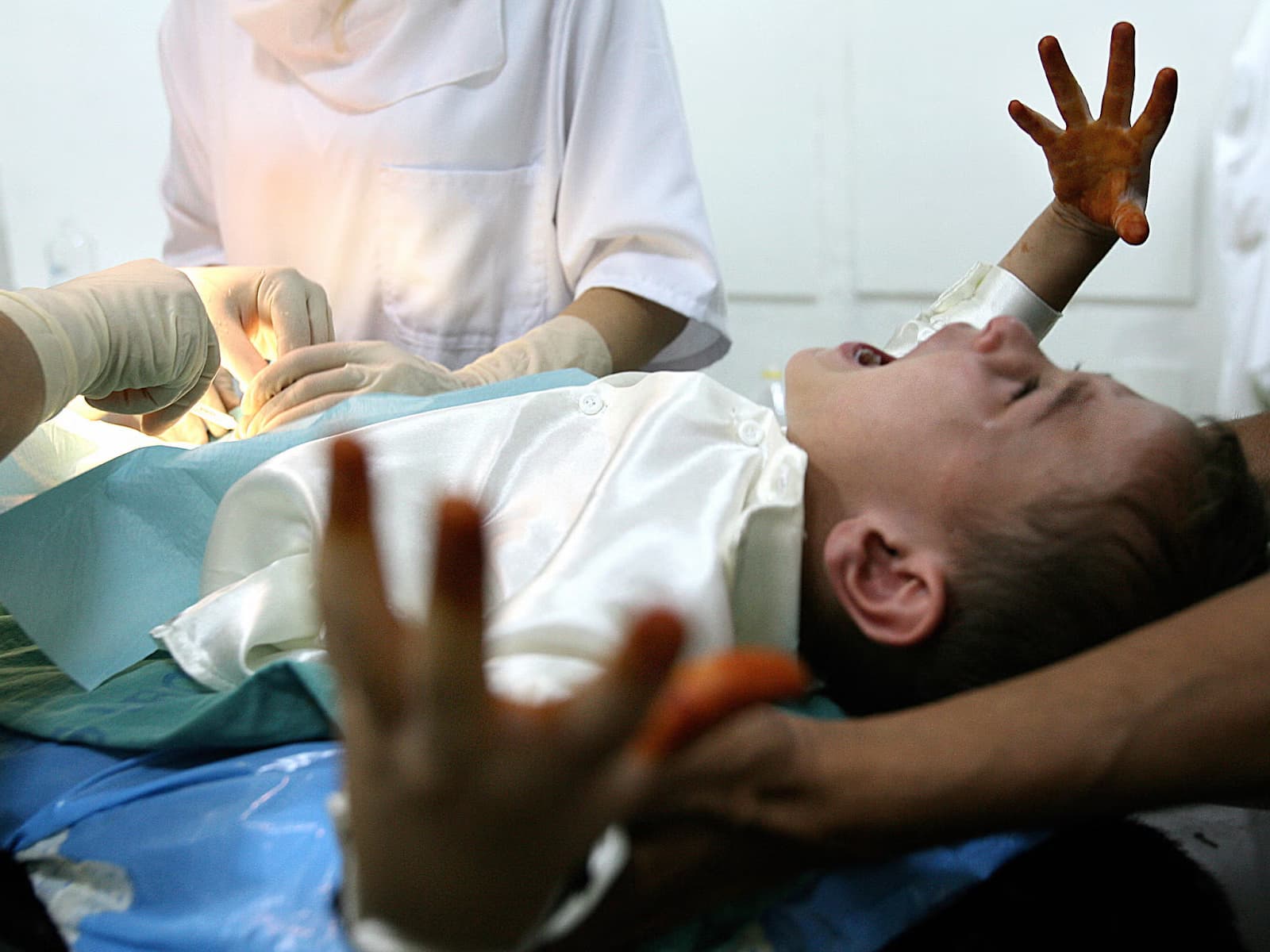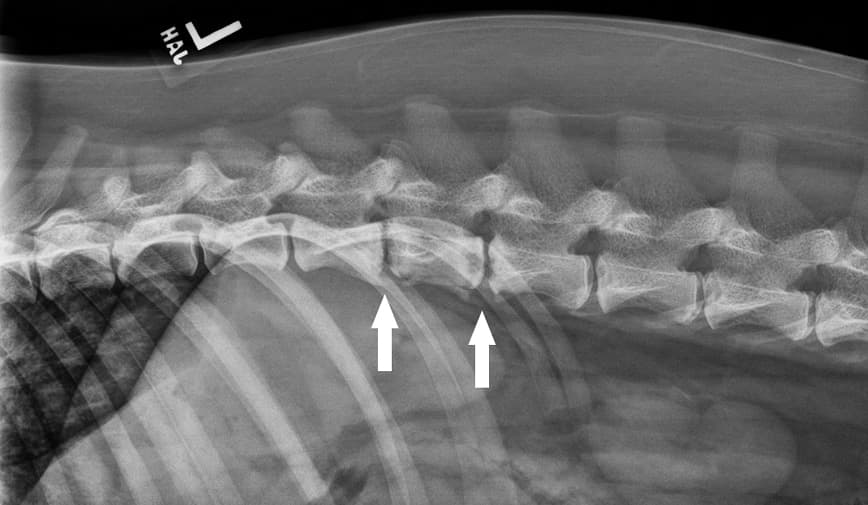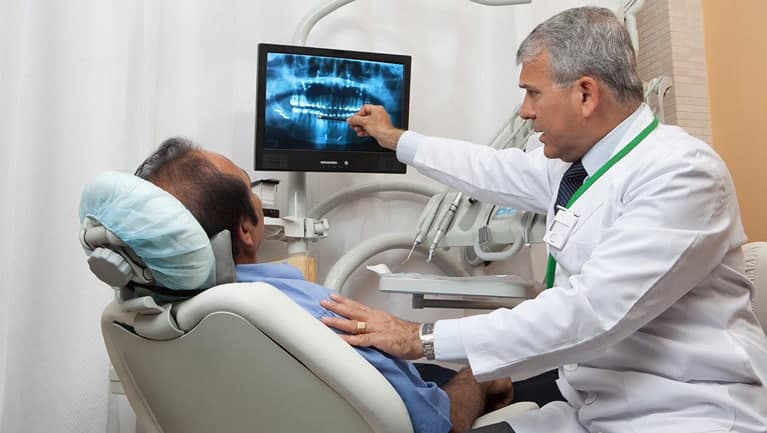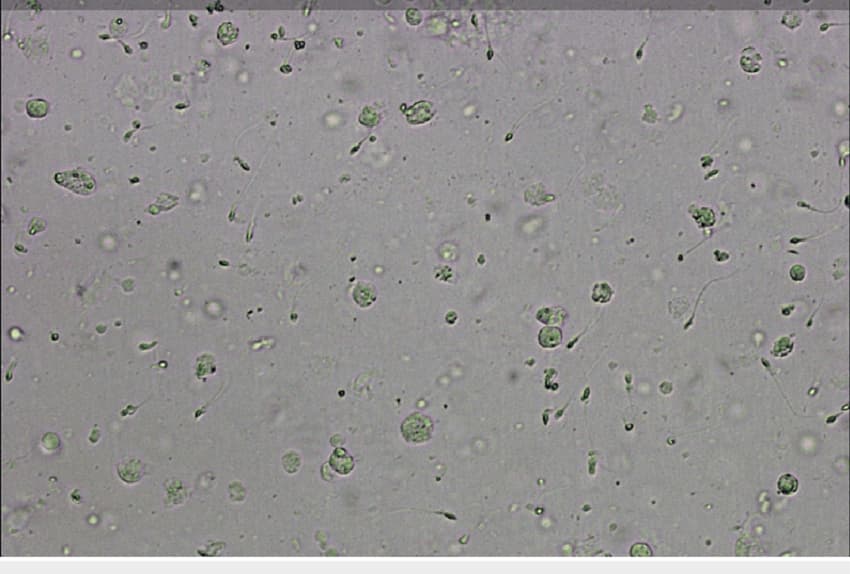Lacerations to the penis, while potentially alarming, are often treatable conditions that can arise from a variety of causes. This guide aims to provide an academic and professional overview of the reasons behind such injuries, the importance of consulting healthcare professionals, available treatments, recovery outlooks, and effective prevention strategies. Additionally, we outline methodology for vetting brands and products we recommend.
Potential Causes
Penis lacerations can result from a variety of factors. Friction injuries are common, particularly from sexual activity, sports, or tight clothing. Conditions such as balanitis, yeast infections, or sexually transmitted diseases (STDs) can cause symptoms resembling lacerations. Mechanical injuries, such as those from zipper accidents or physical trauma, are also prevalent. Environmental factors and personal hygiene habits play significant roles in the health of penile skin, influencing its susceptibility to injuries. Understanding these causes is crucial for prevention and appropriate treatment.
Seeking Medical Attention
It is imperative to seek professional medical advice under certain conditions. These include experiencing severe pain, noticing signs of infection (redness, swelling, discharge), or if the laceration does not improve with basic care. Immediate medical intervention is necessary for deep cuts, bleeding that doesn’t stop, or if urination becomes painful or impossible. Professional evaluation ensures accurate diagnosis and treatment, preventing complications like infections or scarring.
Treatment Approaches
The treatment for penis lacerations varies based on the cause and severity. Minor cuts may heal with proper hygiene and over-the-counter antibacterial ointments. More serious injuries might require prescription medications, such as antibiotics or antifungals, to address underlying infections. In some cases, surgical intervention could be necessary to repair the damage. Following a healthcare provider’s recommendations, including possibly applying topical steroids or undergoing circumcision for recurrent issues, is essential for effective healing.
Prognosis and Healing
The outlook for recovery from a penis laceration generally is positive, with most injuries healing without long-term effects. Adherence to treatment plans and maintaining cleanliness are vital for speedy recovery. Healing times can vary; minor injuries often heal within a week, whereas more severe or infected lacerations might take longer. Monitoring the injury for signs of improvement or worsening is important to ensure proper healing.
Preventative Measures
Preventative strategies are key to avoiding penis lacerations. These include:
- Wearing appropriate, comfortable clothing and protective gear during sports;
- Maintaining good personal hygiene and regularly cleaning the genital area;
- Using lubrication during sexual activity to reduce friction;
- Avoiding high-risk sexual behaviors and using protection to prevent STDs;
- Being cautious with items like zippers to prevent mechanical injuries.
Evaluation and Selection of Products and Brands
When recommending products for the treatment or prevention of penis lacerations, we meticulously assess brands and their offerings based on efficacy, safety, and user feedback. We prioritize products with clinically proven ingredients, transparent labeling, and positive consumer reviews. Our selection process also considers the ethical practices of manufacturers, including their commitment to quality and safety standards.
Key Insights on Penis Health
- Hygiene Is Fundamental: Regular cleaning reduces the risk of infections that can lead to skin integrity issues;
- Protective Measures Matter: Proper attire and sexual protection play critical roles in preventing mechanical and infectious injuries;
- Awareness and Education: Understanding the causes and risks associated with penis lacerations empowers individuals to take proactive preventive steps;
- Follow Professional Guidance: Seeking and adhering to medical advice is crucial for effective treatment and recovery;
- Product Selection: Choose products for personal care and treatment based on reliability, safety, and suitability for your specific needs
Understanding the Emotional and Psychological Impact
The experience of sustaining a laceration to the penis extends beyond the physical injury, delving into the emotional and psychological realms. For many, such an injury can instigate a wave of anxiety, embarrassment, and fear, particularly concerning sexual function and self-image. The societal and cultural significance placed on genitalia and sexual health can exacerbate these feelings, potentially leading to reluctance in seeking medical help and emotional isolation.
Addressing the emotional aftermath is as crucial as treating the physical wound. Open discussions with healthcare providers about concerns and fears are essential. They can offer reassurance about the commonality of such injuries and the high prospects for a full recovery. Support systems, whether through professional counseling or trusted relationships, play a pivotal role in navigating the emotional landscape post-injury. Acknowledging and addressing these aspects fosters a holistic healing process, encompassing both physical recovery and emotional well-being.
The Role of Education in Prevention and Management
Education stands as a cornerstone in the prevention and management of penile lacerations. A lack of knowledge about genital health, safe sexual practices, and the importance of protective gear in sports contributes significantly to the incidence of such injuries. Informative campaigns and resources accessible through healthcare providers, schools, and online platforms can demystify the subject, promoting a proactive approach to genital health.
Empowering individuals with knowledge enables them to make informed decisions about their activities and lifestyle, significantly reducing the risk of injuries. For those who have experienced a laceration, education about wound care, signs of infection, and when to seek further medical advice is invaluable. It ensures that recovery is not just a matter of healing but also of understanding and preventing future incidents. This proactive and informed approach underlines the importance of education in both the realms of prevention and the effective management of penile lacerations, fostering a safer and more informed community.
Conclusion
In summary, while penis lacerations can be alarming, understanding their potential causes, recognizing when to seek medical advice, and being aware of the treatment options can significantly ease the management of such injuries. Following preventive measures and selecting the right products for care can further mitigate risks and promote healing. Always prioritize consultation with healthcare professionals for injuries or symptoms that are severe or do not improve, to ensure optimal outcomes and prevent complications. This comprehensive approach ensures informed, effective management and prevention of penile lacerations.



